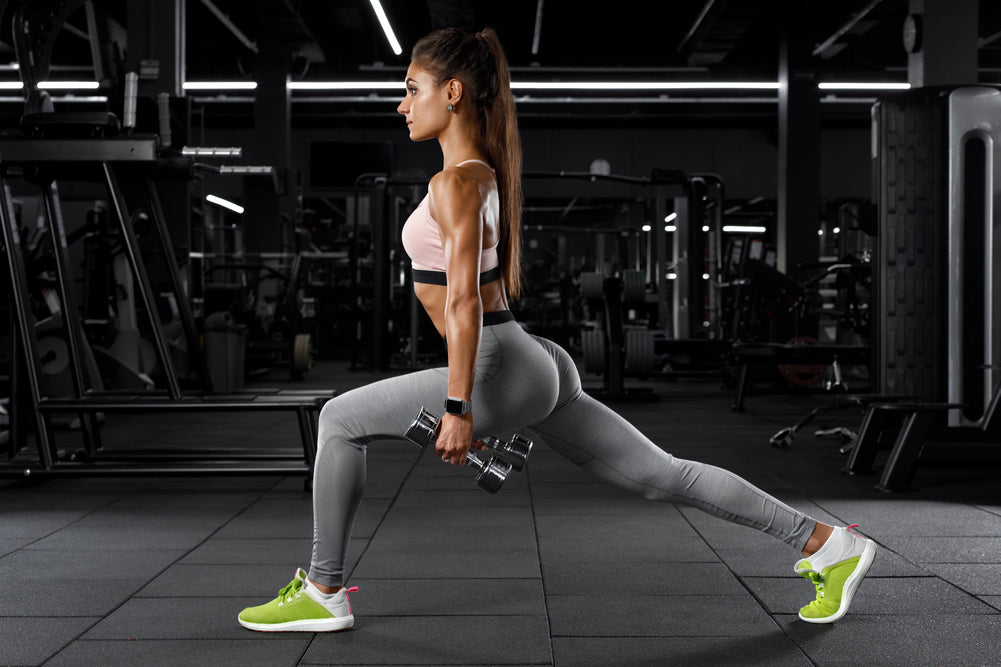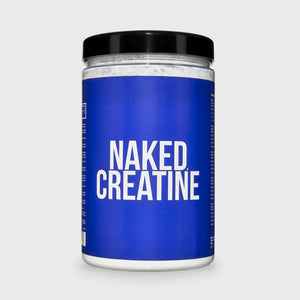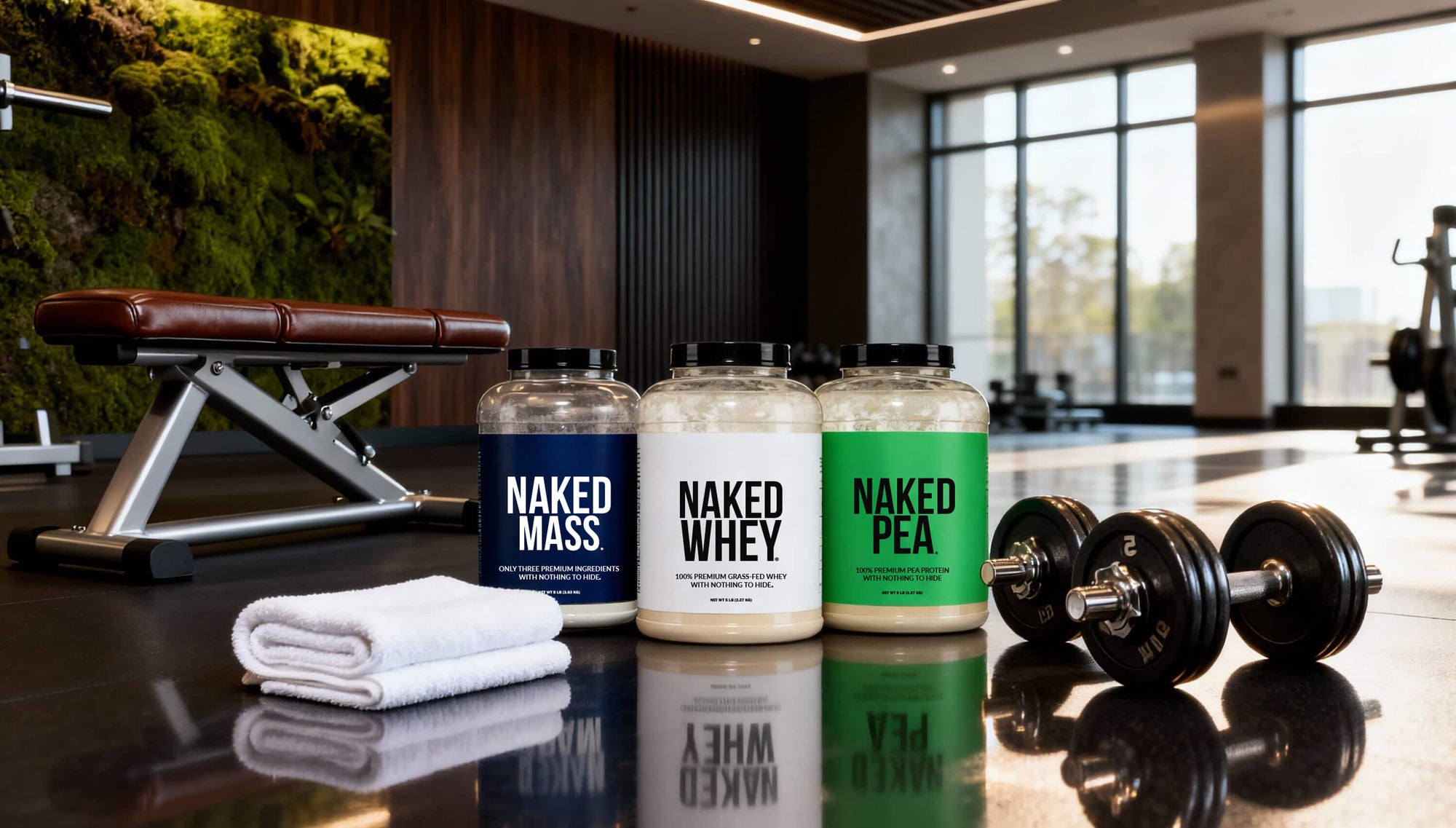
Muscle imbalances are not just a minor nuisance—they’re a serious issue that can affect your performance, increase injury risk, and cause chronic pain.
Whether you’re an experienced lifter, recreational athlete, or simply someone who spends too much time sitting, chances are you have some degree of muscular asymmetry. The good news? They’re fixable with the right approach.
In this article, we’ll explain how imbalances develop, why they’re a problem, and most importantly, how to correct muscle imbalances using practical, evidence-based strategies.
How Muscle Imbalances Happen

Muscle imbalances happen when certain muscles become stronger or tighter than their opposing counterparts.
Take your legs, for example. It’s not uncommon for someone to have one hamstring, or one quad bigger and/or stronger than the other.
While not inherently "bad," unaddressed imbalances can limit your performance potential and increase injury risk over time.
They develop gradually through our daily habits, training patterns, and even genetic predispositions.
Whether it's the desk worker with tight hip flexors and weak glutes, or the dedicated lifter with overdeveloped pecs and underdeveloped back muscles, these imbalances can become performance handbrakes when left unchecked.
Let’s look at a few common reasons muscle imbalances creep into our lives.
1. Poor Posture and Sedentary Behavior
Prolonged slouching or asymmetrical standing postures lead to specific muscle imbalance patterns.
The research identifies two common patterns: Lower Crossed Syndrome (tight hip flexors/lower back with weak glutes/abs) and Upper Crossed Syndrome (tight chest/upper traps with weak neck flexors/mid-back muscles).
2. Unbalanced Training
Many people overtrain “mirror muscles” (chest, shoulders, quads) while undertraining their antagonists (upper back, hamstrings, glutes).
This imbalance is particularly common in athletes and gym-goers who neglect pulling, posterior chain, and mobility work. For instance, a low hamstring-to-quadriceps (H:Q) strength ratio has been linked to a higher risk of ACL injuries and hamstring strains in athletes.
3. Repetitive Movements and Dominance
Sports like tennis, golf, or daily tasks like carrying a bag on one shoulder reinforce asymmetrical motor patterns. Repeatedly loading one side of the body leads to strength and coordination differences between limbs, often without you noticing.
4. Injury and Compensation
After an injury, the body adapts through compensation, shifting load away from the affected area. Over time, these compensation patterns become hardwired into your movement, weakening the injured side and reinforcing the imbalance unless properly rehabilitated.
5. Poor Motor Control
Many imbalances come from faulty movement patterns that develop over time.
Without proper movement training, your body finds the path of least resistance to complete tasks, often recruiting the strongest available muscles rather than the most appropriate ones. This reinforces existing imbalances and creates inefficient movement habits.
Why Muscle Imbalances Matter

While some degree of asymmetry is natural, significant imbalances change how you move – and can lead to reduced performance and increased risk of injury.
Altered Movement Mechanics
Weak or inhibited muscles force other areas to pick up the slack.
For example, weak gluteus medius muscles (hip stabilizers) can cause what’s called a Trendelenburg gait – a hip drop during a single-leg stance.
To compensate, your low back or knees absorb more force, increasing stress and fatigue in that area.
Joint Stress and Injury Risk
Unbalanced muscles pull joints out of their optimal alignment.
In the shoulder, tight pecs and weak scapular muscles can narrow the subacromial space (the area around the shoulder joint), setting the stage for impingement and rotator cuff issues.
Around the knee, poor hip control makes the knees collapse in on each other (what’s known as a valgus knee alignment), increasing the risk of knee pain or ACL injuries.
Reduced Performance and Efficiency
When one side is doing more work, your performance suffers.
Tight hip flexors can limit stride length and decrease running economy. Weak glutes lead to poor force generation during squats, sprints, and jumps.
One study found that correcting leg strength asymmetries in basketball players led to improved vertical jump performance, highlighting how imbalances can affect athletic potential.
How to Fix Muscle Imbalances in the Gym

Correcting imbalances requires intentional effort. But with the right tools and consistency, the body can be retrained.
Prioritize Unilateral Movements
Exercises like Bulgarian split squats, single-leg RDLs, and single-arm presses force each side to work independently.
They expose weaknesses and help bring lagging limbs up to speed. Studies show that just 3–10 weeks of focused unilateral training can significantly reduce side-to-side differences and improve performance.
Strengthen the Weak, Don’t Just Stretch the Tight
The traditional advice is to “stretch what’s tight and strengthen what’s weak”. Most people follow the stretching part – but the strength part matters more.
A 2024 meta-analysis found that strengthening weak muscles produced far greater improvements in posture and balance than stretching alone. For example, strengthening the deep neck flexors and lower traps improved alignment in men with upper crossed syndrome, even up to four weeks after the program ended.
Use Corrective Supersets
Many compound lifts use your stronger muscles more, and thus can neglect supporting muscle groups when they’re already underdeveloped.
To get past this, pair a compound lift with a corrective drill. After deadlifts, add glute bridges. Following presses, do scapular retractions.
This strategy activates underused muscles while reinforcing proper movement.
Enhance Mobility (Then Load It)

Tight muscles must be released before full retraining can occur.
Foam rolling, static stretching, and active mobility drills prepare your joints for better positioning. But the key is pairing mobility with strength. For instance, foam roll the calves and then do a set of calf raises to retrain ankle function.
Audit and Adjust Programming
Aim for a balanced training plan: push/pull symmetry, quad/hamstring ratio, upper/lower splits, and core integration.
Use a 2:1 ratio of pulling to pushing if you sit a lot. Make sure your lifts work in multiple directions, and your workout covers a full range of motion.
Monitor Your Technique
Imbalances can quietly show up in your form, without you noticing.
You might be shifting during squats, twisting during bench press, or favoring your dominant arm.
Watch and pay attention to your form in mirrors, or video your workouts, to spot these technique issues before they become a real problem.
Preventing Future Imbalances

Prevention comes down to mindful training and diversity of movement.
1. Vary Movement Patterns
Don’t just squat and bench – add side lunges, rows, and rotational movements to train all planes of motion.
This exposes hidden weaknesses and builds more adaptable strength.
2. Make Mobility a Regular Practice
Use dynamic warmups and static stretching post-workout to maintain tissue quality.
Stiff joints create faulty compensation patterns even when strength is adequate.
3. Embrace Slow Progression
As you correct imbalances, don’t rush to match loads between sides. Focus on quality, full range of motion, and proper muscle activation. Retraining your body takes time… but it's worth it.
4. Reassess Regularly
Every few months, check your unilateral strength, flexibility, and movement quality. Small discrepancies are normal, but widening gaps require attention. It’s important to know early if you’re starting to develop imbalances.
The Bottom Line: A Balanced Body Is a Resilient One

Muscle imbalances are not just aesthetic issues – they’re biomechanical liabilities.
Left unchecked, they can lead to pain, inefficiency, and injury. But the latest research makes one thing clear: you can fix them.
By doing unilateral strength work, targeting weak links in your body, improving mobility, and programming intelligently, you can re-balance your body, reduce injury risk, and unlock greater performance.
Train smarter, move better, and stay injury-free, because symmetry isn’t just about looks. It’s about longevity.








